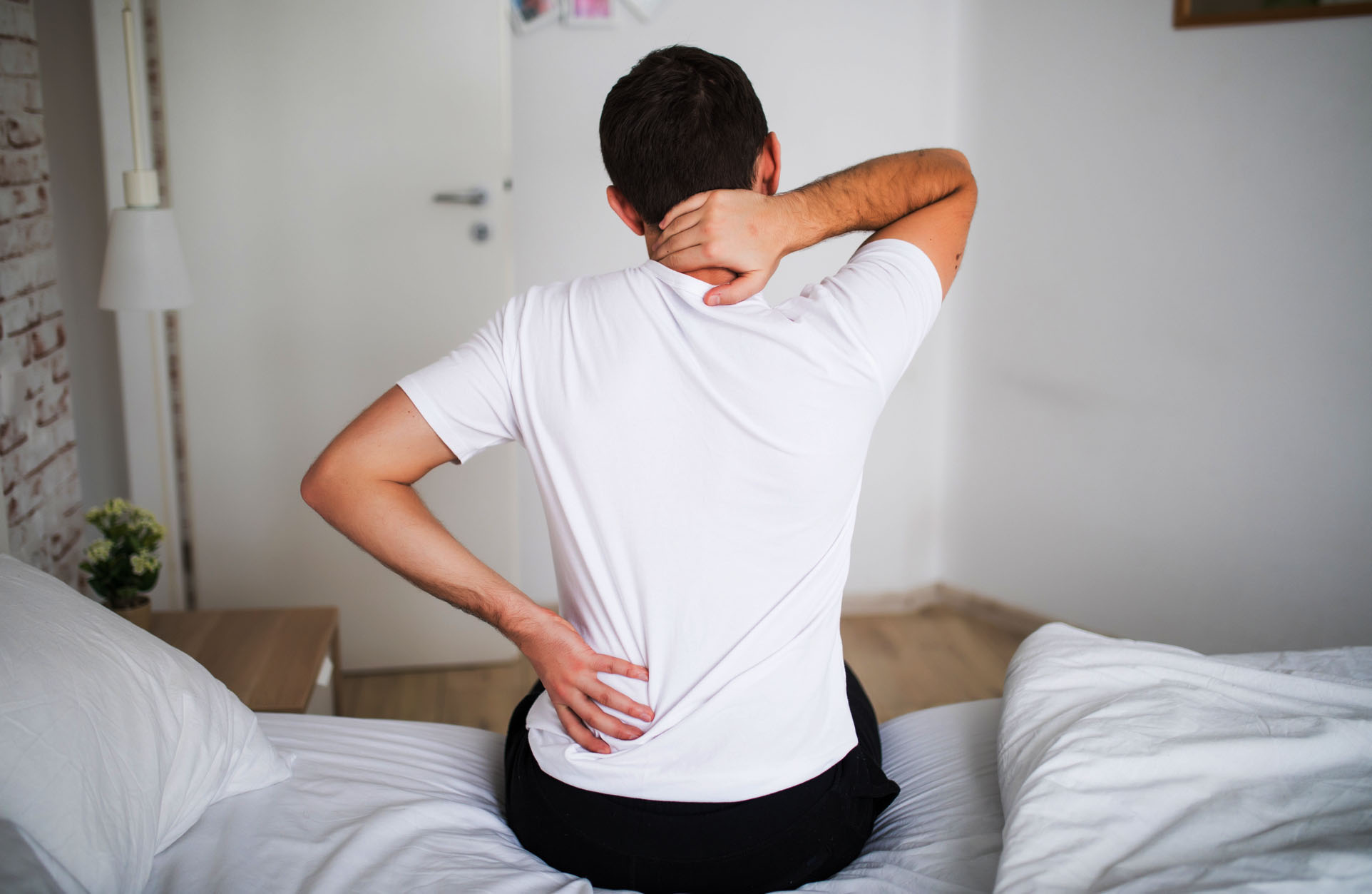Scoliosis of the spine: causes and treatments
- Posted on 17/05/2023 10:28
- Film
- By abelozih@sante-education.tg

Extract from the article: In childhood or adolescence, some people develop deformities of the back. These deformities, caused by a twisting of the vertebrae, are called scoliosis. Although it is not a very complex disease, when it is quickly discovered and depending on the or
In
childhood or adolescence, some people develop deformities of the back. These
deformities, caused by a twisting of the vertebrae, are called scoliosis.
Although it is not a very complex disease, when it is quickly discovered and
depending on the origin or cause, treatment is easier. To better understand the
disease, physiotherapist Innocent Lakna, Director of the National Orthopaedic
Fitting Centre (CNAO-Lomé), discusses its causes, consequences and how it is
treated.
Scoliosis
causes a lot of people to suffer. It refers to an ailment caused by a deviation
of the spine due to a torsion of the vertebrae. In simpler language, Innocent
Lakna, Director of the CNAO, explains that scoliosis occurs when « the
spine is bent to the right or to the left with or without the appearance of a
slight hump when the person is viewed from the back ». According to
the physiotherapist, there are various types of scoliosis. These are:
idiopathic scoliosis, which is the most common, especially in young
adolescents, congenital scoliosis at birth, syndromic scoliosis of
neuromuscular origin, secondary scoliosis contracted as a result of trauma,
infection or cancer, so-called de Novo scoliosis, which is caused by
degeneration of the spine with age, and attitudinal scoliosis, which is caused
by preferential positioning due to pain. There is a difference between
scoliosis and scoliotic attitude.
According
to Innocent Lakna, among the signs of scoliosis in adolescence, « there
is pain in the back. The physical aspect of the upper body is often deformed.
As a result, there are spontaneous muscle contractions in the back. A tendency
to lean to the side ».
Causes
As
for the causes of scoliosis, several factors have been identified. « These
include genetics, rapid growth, connective tissue abnormalities, nervous system
problems, low melatonin levels and certain infections. The majority of
scoliosis is idiopathic, meaning that there is a lack of certainty about the
actual cause. The causes are multifactorial, nothing explains it 100% ».
To
identify the presence of the disease, a self-diagnosis is possible. To do this,
Innocent Lakna says, « lean the person forward and observe the curve of
the back. Or, standing with feet together and arms hanging down, see if there
is a difference in the distance between each arm and the waist. Then, if an
abnormality is found, go to the hospital, for a diagnosis established with the
help of a doctor, by : A physical examination and an X-ray with the
identification of the Cobb angel ».
Consequences
This
disease, from which many people suffer, is not without consequences. These
consequences can be noticed at several levels. The physiotherapist cites, among
other things, « the decrease in respiratory capacity due to the
deformation of the thorax, the deformation of the trunk and the loss of height ».
It can affect working life with « a decrease in performance and social
life through withdrawal, lack of participation in social and family activities.
Above all, it can affect psychology by causing severe depression », he
says.
Solutions
Scoliosis,
depending on the cause, is not without its remedies. At this level, the
director of the CNAO-Lomé, explains that for idiopathic scoliosis « physiotherapy
+ taking anti-pain, anti-inflammatory molecules + a healthy lifestyle, when the
disease is in its early stages. When it is evolving, physiotherapy + wearing a
corset (recommended by the doctor or the physiotherapist (depending on the
area)) + a healthy lifestyle are required. In the last case, i.e. when the pain
is established, surgery + physiotherapy + a healthy lifestyle are required ».
Abel
OZIH




